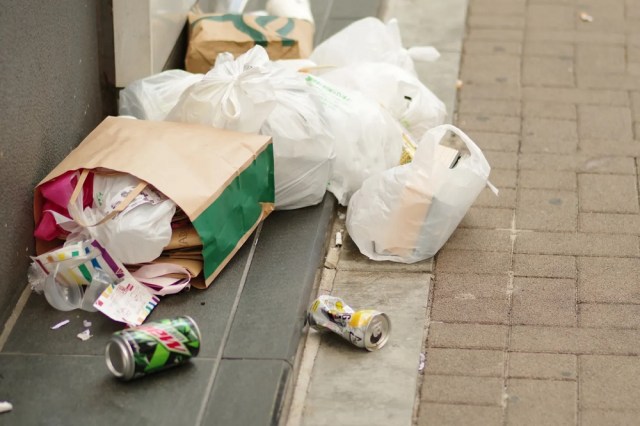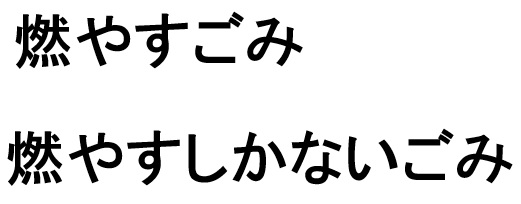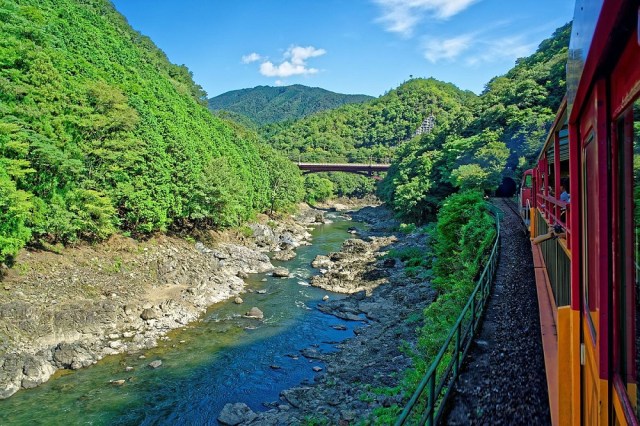
As always, words have a second meaning behind them in Kyoto.
Kyoto has a reputation as a place where there’s a second meaning behind people’s choice of words. Often that meaning is meant to subtly nudge the recipient’s behavior in a certain direction, like we’ve seen with “You have so many friends” or “You have such a nice watch.”
And now Kyoto Prefecture’s Kameoka City is doing a little rephrasing that it hopes will make residents rethink their actions. Starting April 1, the city will no longer refer to trash that’s going into the incinerator as “trash to be burned,” but as “trash for which the only option is to burn it.”
▼ They roll off the tongue a little easier in Japanese, as moyasu gomi (top) and moyasu shika nai gomi (bottom)

In addition, general non-burnable trash that goes into landfills, currently called “trash to be buried” (umetate gomi) will be renamed “trash for which the only option is to bury it” (umetateru shika nai gomi).
So why the changes? The logic is that the weightier-sounding finality of the new names will prompt people to think if burning or burying are really the only options for a particular piece of trash, which naturally means thinking about if it can be recycled instead. April 1 will also see a revision of Kameoka’s recycling ordinances, with new categories and pickup dates for categories such as paper, plants and wood, and small metal objects, which will bring the city’s total number of trash types up too 18. Even now, the city’s waste disposal department often finds items that should have been put out on pickup days for recyclables tossed in with trash to be burned, so the time seems right for a reminder that the real classification isn’t supposed to be anything that can be burned or dumped in a landfill, but rather those things that can’t be recycled.
▼ Kameoka is about a half-hour away from downtown Kyoto City and has a population of 85,000, but also boats beautiful natural scenery like this.

Kameoka isn’t the first city in Japan to make such a change for the name of its to-be-burned trash, but this is the first time we’ve heard of the strategy being used for landfill trash too. If the results are good, we might see more cities across Japan switching up their semantics for the good of the environment.
Source: Kyoto Shimbun via Hachima Kiko
Top image: Pakutaso
Insert images: SoraNews24, Wikipedia/Adeletron 3030
● Want to hear about SoraNews24’s latest articles as soon as they’re published? Follow us on Facebook and Twitter!

No hay comentarios:
Publicar un comentario